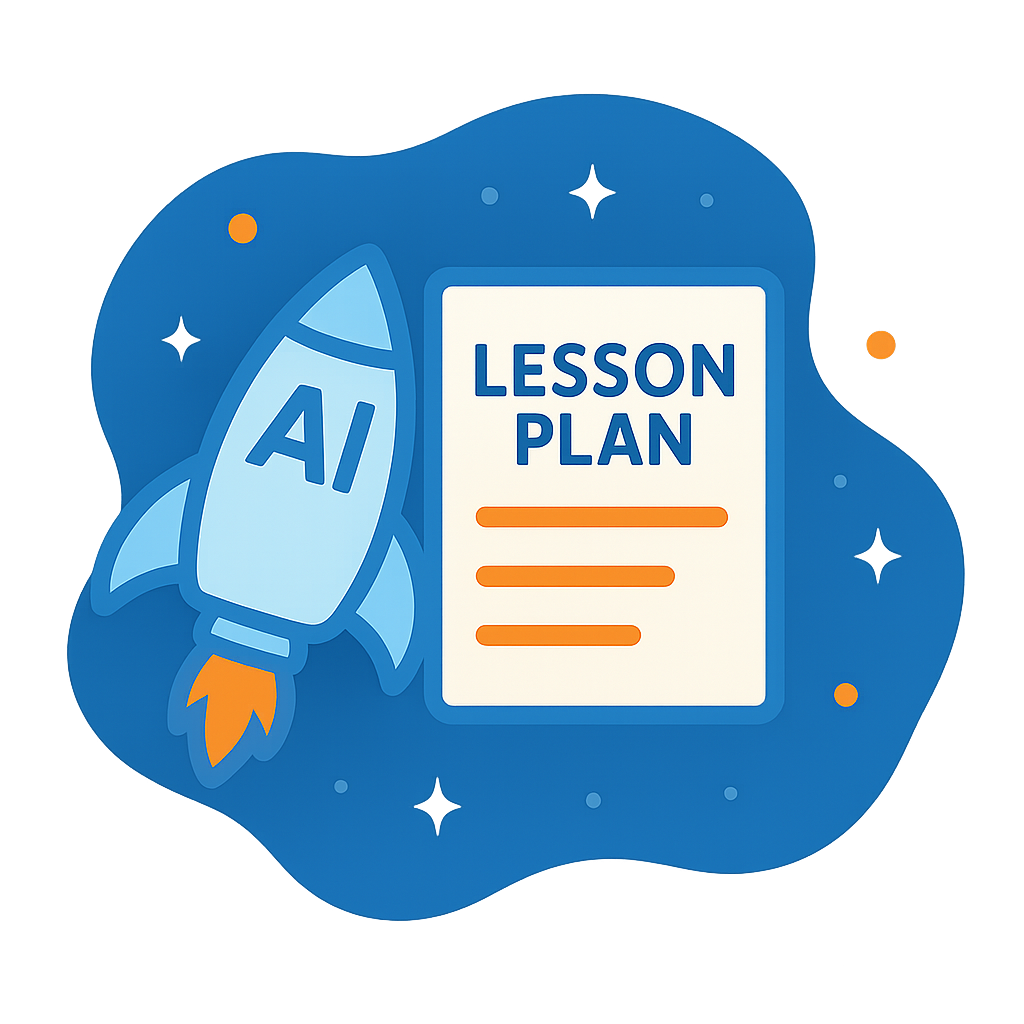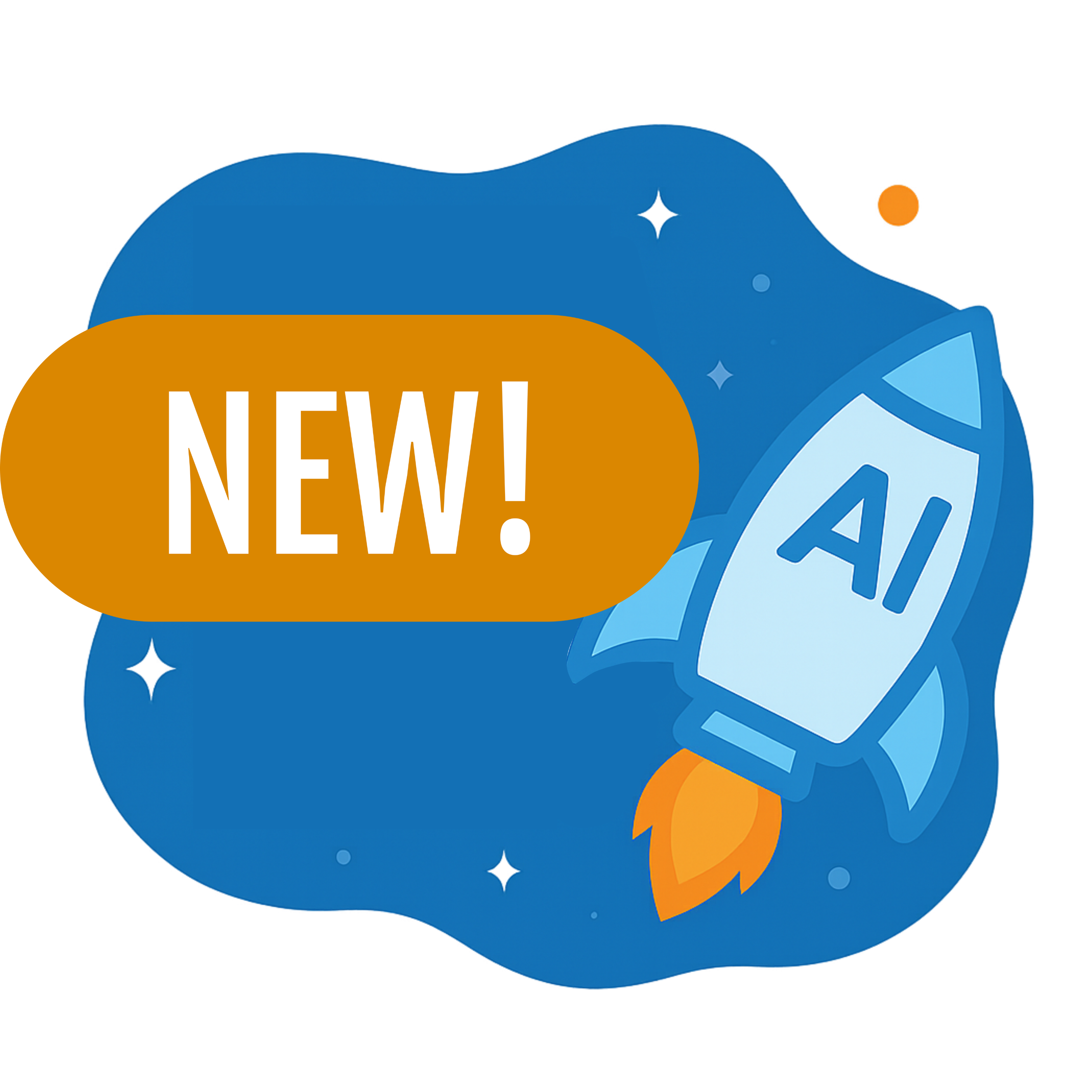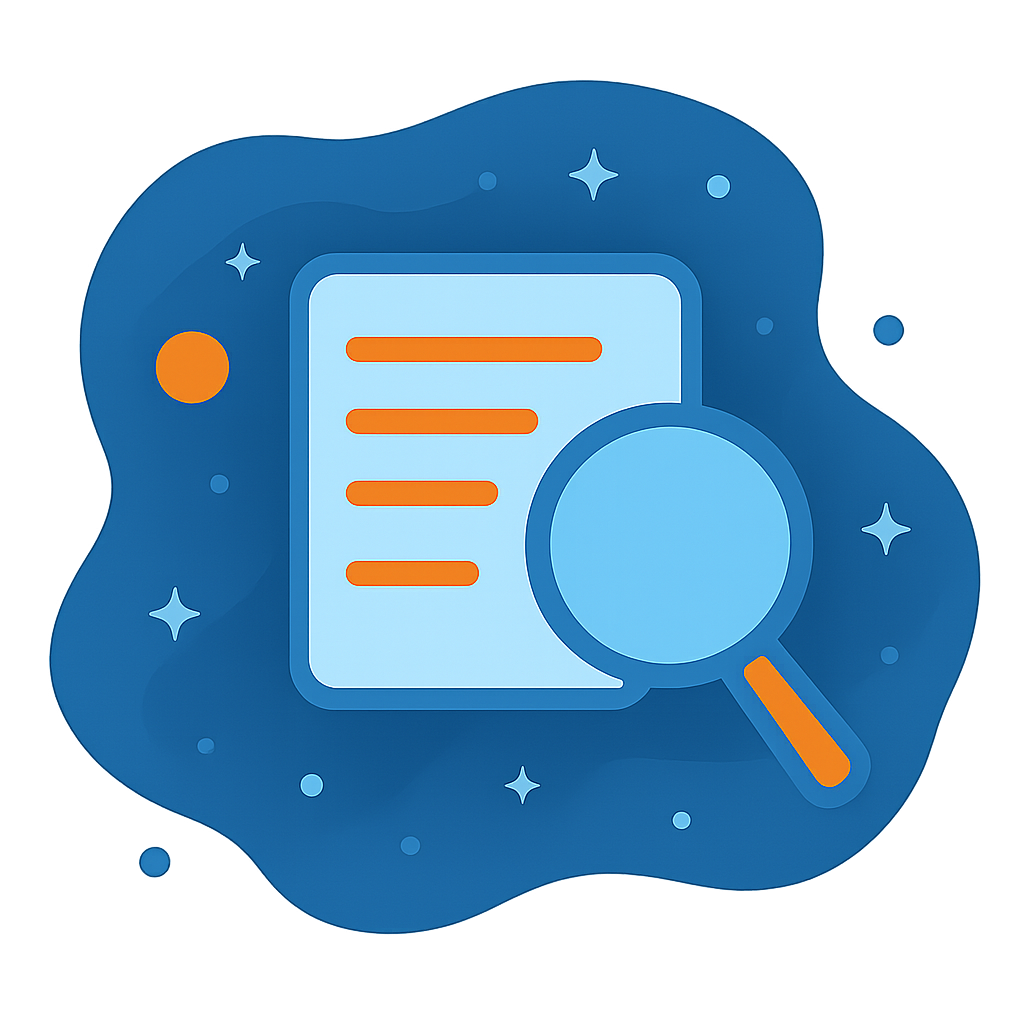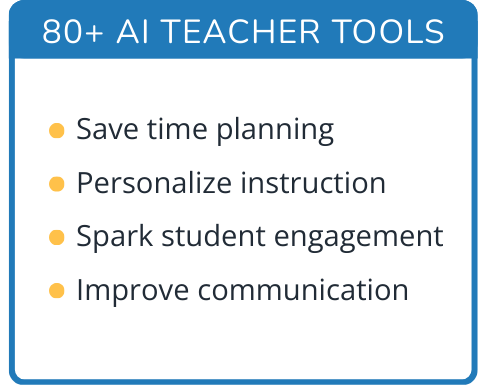Hi, what do you want to do?
Science 4 Inquiry
At the Top: A Bald Eagle's Diet
Bald eagles are opportunistic predators and eat fish as well as raccoons and other mammals. Pupils learn about bald eagle diets through a simple simulation and videos. They collect and analyze data to understand the adaptability of this...
Cornell University
Constructing and Visualizing Topographic Profiles
Militaries throughout history have used topography information to plan strategies, yet many pupils today don't understand it. Scholars use Legos and a contour gauge to understand how to construct and visualize topographic profiles. This...
Bowland
Speed Cameras
Do speed cameras help reduce accidents? Scholars investigate this question using a series of spreadsheet activities. Along the way, they learn about randomness, probability, and statistical analysis.
Curated OER
Circles and Clocks, Shapes and Time
Students work in groups to research clocks and practice telling time. In this telling time lesson, students use the computer program ProQuest to study circles, including radius and diameter, and practice drawing circles using a compass....
Curated OER
Day Five - Bible A Noble Cause - Thessalonica
Students analyze, compare and contrast success and failure inside the kingdom and outside the kingdom. In this Bible study lesson students read Act 17:1, plays games, engage in discussions and complete a written activity...
Curated OER
Analyze The Learner; Chocolate Fractions
Third graders describe, represent and compare fractions using pieces of a chocolate bar. In this fractions lesson, 3rd graders demonstrate how to read and write fractions correctly. Students then integrate technology by using...
Curated OER
The African Grove Theater
Young scholars study the African Grove Theater in New York. In this African American history lesson, students examine the evolution of race relations in the United States as they research the theater and its history.
Curated OER
Life Cycle of the Monarch Butterfly
Third graders access prior knowledge of the monarch butterfly and discuss what they would like to know. In this Monarch Butterfly instructional activity,students read Monarch Butterfly and discuss the life cycle of the butterfly....
Curated OER
Using Part To Whole
Students engage in a math instructional activity that is concerned with developing problem solving skills. They emphasize the cognitive reasoning of seeing parts as pieces to a whole. Writing is integrated into a cross-curricular study...
Curated OER
Comic Renditions
Learners explore the intersection between popular and high art by recreating comic strips in various artistic styles and then famous works of art as comics. Through this exploration, students come to conclusions about what art is and...
Curated OER
Protecting the Past: Give a Hoot, Don't Loot!
Students, in small groups, simulate an ancient civilization and the art they created, another group represents vandals, and the final group represents archaeologists who try to figure out what life was like for the "ancient peoples". ...
Curated OER
Lessons from the Holocaust
Students prepare a reaction statement about what they read. In this Holocaust instructional activity students read several personal accounts from the Holocaust. The students answer a series of questions related to the Nazis and their...
Curated OER
Chain Reaction
Students study animal behavior and how it changes to its environment. In this animal lesson students design and conduct experiments.
Curated OER
The Aftermath of Genocide
Students read and discuss articles written about the Rwandan genocide. They participate in a class discussion, and write a letter to the U.N. or a letter to the editor of their local newspaper.
Curated OER
Comparing Family Photos
Fourth graders bring in a family photo from home. They compare their photo to the Rawding family photo. Students share their conclusions orally. They use Venn Diagrams to organize their thoughts and observations.
Curated OER
Study Buddies: Congruent Figures
In this math worksheet, students will work with a coach to determine which shapes (in a box of shapes) are congruent. Students will follow a step-by-step process and notes are provided for the coach.
Curated OER
Prize Numbers
Young scholars explore what a proof is, how and why mathematicians create them and compose essays on how reason and logic are employed in the workplace. They explore whether any three lines can make a triangle and attempt to verify...
Curated OER
One * Two * Three * Story
Second graders explore sequencing by drawing events of a story in order. In this sequence of events instructional activity, 2nd graders are read a story such as "The 3 Little Pigs", they recall the events from the fairy tale in...
Curated OER
A River, Dead or Alive: Native Americans and European Colonists' Treatment of a River
Students write an expository paragraph about the uses of the Nashua River for the Native Americans and the European Colonists. For this river uses lesson plan, students determine the causes and effects of both parties using the river.
Curated OER
Christopher Columbus
Students read about the good and bad aspects of Christopher Columbus in Jean Fritz's book, "Where do you think you're going, Christopher Columbus?" They conduct and analyze a survey about common myths and create a pop-up book.
Curated OER
1930 Census and the Consitution
Students read the Constitution and discuss the importance of enumeration. In this Census lesson, students complete a Census schedule and discuss the job skills of applicants. Students research Census data to compare and contrast the...
Pennsylvania Department of Education
Tell Me Again
Students demonstrate how to retell a story in sequential order. In this reading comprehension lesson, students listen to a suggested read aloud, such as Little Boy Blue. Additionally, students practice retelling the story by using...
Curated OER
Island Survival
Students participate in a simulation of life on a deserted island. They work with their group to develop an island survival plan and summarize it in a journal. Students use a worksheet and challenge cards to earn points. They will be...
Curated OER
Children's Book Creations
Learners create a children's book version of the Japanese folk story "Momotaro Boy of the Peach" and present the story to elementary students. In this children's book lesson plan, learners design their book to explain Japanese culture to...




























